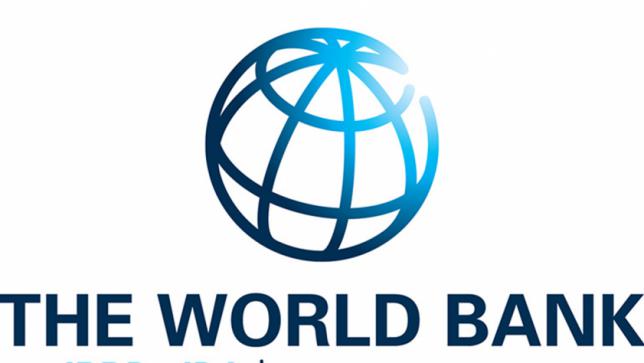The government yesterday announced that the country's GDP growth would hit a record 7.24 percent in the outgoing fiscal year, while the World Bank sticks to its earlier growth projection of 6.8 percent.
Another multilateral lender, the Asian Development Bank last month predicted that Bangladesh's economy would grow 6.9 percent this fiscal year. In the same month, the International Monetary Fund made a similar projection.
Lower GDP growth forecast by the WB and other development partners is nothing new for Bangladesh. This happens almost every year.
Last year, the WB forecast that Bangladesh's economy would grow by 6.7 percent in fiscal 2015-16. But in the end, the government put the growth rate at 7.1 percent.
At a briefing on Bangladesh Development Update in the capital yesterday morning, WB officials said Bangladesh's economy would grow by 6.8 percent this fiscal year, down from 7.1 percent last year, due to sluggish export growth, falling remittance and slowdown in import of industrial raw materials.
“These three indicators are very important [for calculation of GDP growth],” said Zahid Hussain, lead economist at the WB's Dhaka office.
Except for these areas, most of the indicators were better this year than those in the previous year, according to the WB.
Zahid declined to comment on the government's provisional GDP growth estimate (7.24 percent) without going through the data compiled by Bangladesh Bureau of Statistics, a government agency.
He said it would be pointless to have a debate on whether the growth would be 7.24 percent or 6.8 percent.
“What is the benefit of making a conservative projection?” said Zahid.
Major indicators that matter in GDP calculation are: consumer spending, investment by businesses, government spending, remittance, exports and imports.
The WB said it had some valid reasons to set the GDP growth at 6.8 percent.
Bangladesh's export growth came down to only 3.9 percent in the first 10 months of the current fiscal from 9.2 percent for the same period a year ago.
Remittance, considered a strong lifeline for the country's economy for the last several years, went down 16 percent between July and April this fiscal year. This sharp fall in inflow of remittance means a drop in domestic consumption.
Import growth of industrial raw materials was only 2 percent between July and February this fiscal year, down from 4.2 percent during the same period a year ago.
According to the WB, private sector investment would increase slightly this year from last year's 22.1 percent of the GDP. It has remained almost stagnant around 22 percent over the last five years.
However, government spending, a major component of the GDP, has been growing steadily over the last few years.
Zahid said crop losses due to flashflood in haor areas last month were not included in the calculation.
Coming out of a meeting of the National Economic Council a couple of hours later, Planning Minister AHM Mustafa Kamal told reporters that the WB and other development partners always make conservative growth forecast.
“We didn't do any engineering and the methodology for calculating the GDP remains unchanged,” said the minister.
Replying to a query on declining remittance, Kamal said inflow of remittance through authorised channels has fallen, but the overall inflow didn't slide.
“No matter whichever way remittance came in, it was used for domestic consumption.”
He said the country's per capita income rose to $1,602 this fiscal year from $1,466 in the previous fiscal year.
news:daily star/15-may-2017




Comments